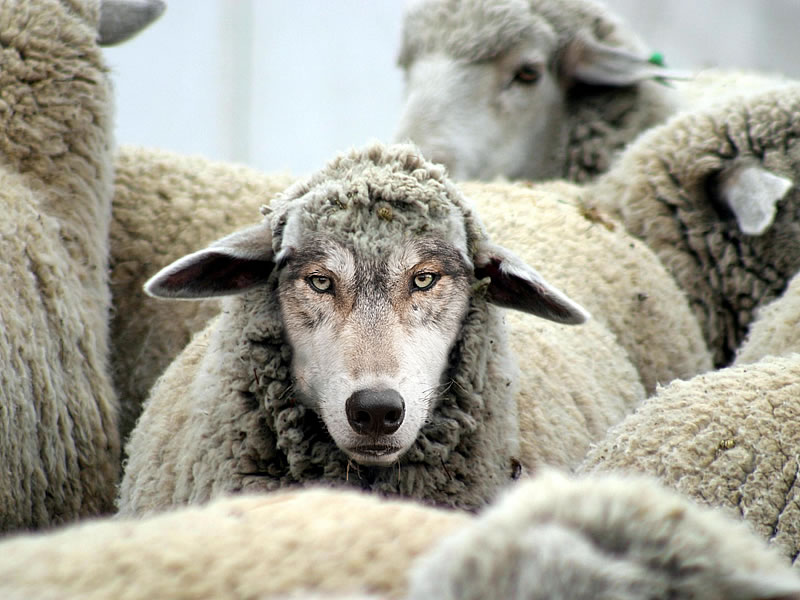The following 34 minute video by Caryl Matrisciana goes into great detail about the Paganistic elements of the Christmas celebration, and how these evolved into its current form.
Video highlights:
- The history, myths and traditions of the Christmas celebration
- Pagans celebrated the winter solstice to honor their god of sex and fertility, Yule; the celebration lasted 12 days, wherein a large log (phallic symbol) was burned the entire time; sacrifices were burned in the fires of the Yule log; human and animal; this was also a time of wild drunken revelry and sexuality; via these activities, they sought to contact spirits
- Various Pagan gods were celebrated during the winter solstice: Baal, Dionysus and Mithra, a Persian god of light, born on December 25: Mithra was the god of the “unconquerable sun”
- During celebration of Mithra, all courts were closed; all crimes were permitted; uncontrollable debauchery; cross dressing, homosexuality, and children were even permitted to join in [another video indicated that slaves traded places with their owners during this celebration]
- Emperor Aurelian set holiday dates in 270 AD: Dec. 17 – 24 Juvenilia; Dec. 25 gifts were to be given to culminate the birth of the sun god; this celebration was later called Saturnalia, for the excesses of the god of Saturn
- When this celebration was brought to England via soldiers, it was called the “festival of fools”
- In the 4th century, the church incorporated these Pagan celebrations because they were not able to get those Pagans who had joined the church to stop celebrating them
- The church began to celebrate Jesus birthday on December 25, the former celebration day of the god of the sun; now became the birthday of the Son of God; they called it Christ’s Mass
- The church conformed Christian holidays to dates of Pagan celebrations
- 8th century, Christ’s Mass was celebrated with rioting, sexuality, murder, Druid Halloween rituals; it was a blood drenched celebration
- In 1652, Charles I, outlawed Christ’s Mass celebration; Oliver Cromwell strove to keep Christianity separate from Paganism
- It wasn’t possible; Puritans moved to America that they might have religious freedom and a religion free from Paganism
- By the 19th century, the Christmas celebration was made part of the church; the Sunday School Society enabled that to happen, as they used it as a ploy to fill the pews with children and to teach them of Christianity
- History of the Yule log and sacrifices
- How pagan light rituals became part of the Christmas celebration
- How holly, wreaths, evergreens became part of the Christmas holiday
- How the Christmas tree grew in popularity and became part of the holiday
- The myth of Santa Claus: its roots and evolution (demonic origins)
- Commercialism of the holiday
- The nativity and the gospel of Luke
- Reasons people celebrate Christmas: family closeness; winter solstice; retail profits; teach of Christ; Myth of saturnalias
- It is important to understand the origin and evolution of this celebration and to know why you celebrate it
- It is important to be able to see the influence of Paganism on our society
- A huge yearly Pagan celebration occurs in the Nevada desert wherein the aforementioned debaucheries occur; wherein Christianity is blasphemed, mocked, despised
- No matter why people celebrate Christmas, it is still a time wherein Christ may be discussed: His incarnation, gospel message, redemption…
I looked at numerous videos about Saturnalia, each differed somewhat. I think this video was more inclusive of Pagan myths and history than the others to which I listened; and I trust Matriciana because I have listened to many other videos by her and think she is competent author and researcher.
For other posts on the growing impact of ancient Paganism on the western world, see Categories: Paganism / Neo Paganism. The initial two posts discuss Satanism / Paganism; show rituals…both of which would make the above video more understandable.
For other posts on Christmas, see Categories: Christmas

